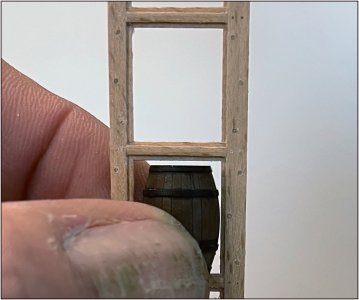Started building the frame for the hatches for the barrel holds.
On the Balder itself these are no longer functional. Because all the holds are now one large multi-functional room. This is what it looks like on deck:
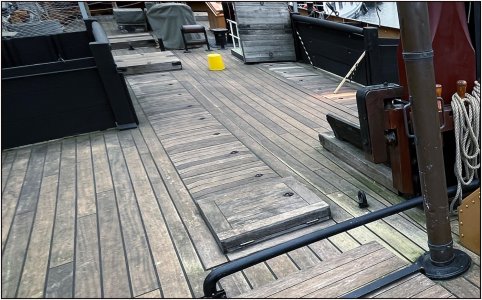
In the length direction there are 2 so-called 'schaarstokken' on either side, with 8 deck parts in between and 2 end pieces. The deck planks will be at the same height. The hatches themselves have a sliding edge on the sides so that they are slightly raised.
The Amsterdam restoration book contained a technical drawing of the construction. During the model meeting last September in the Scheepvaartmuseum in Amsterdam I had another nice conversation with the Head of Collections about the Balder. He told me that they had just scanned a large part of the collection of old drawings. Not much later I received a link to download those scans and use them to build my model.. This is the drawing in question:
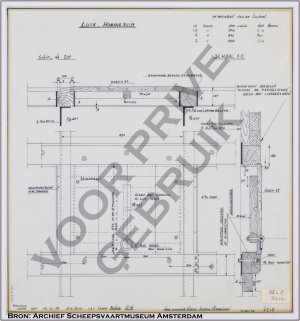
For the completeness I have applied this 'watermark' myself.
Text in the rest.book: '
Herring hold hatch. Working drawing by S. de Jong after a blueprint from 1924 of the Fisheries Museum Vlaardingen.'
I was able to extract quite a few details from this.
Milled recesses on the underside for the intermediate deck parts:
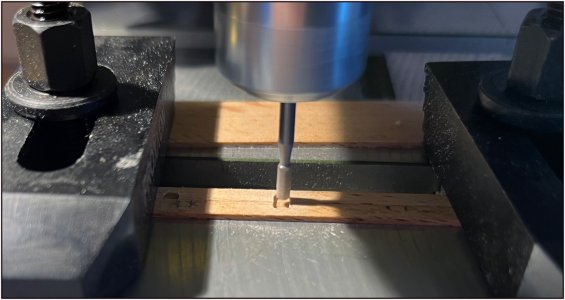
Using a 2 mm milling cutter I made the recesses 2.5 mm.
With some post-processing I had all the parts fit:

But ........... where are the grooves where the hatches will be placed?

Back to work. On the cross table with double-sided adhesive tape I glued everything down and started milling the grooves over the length.
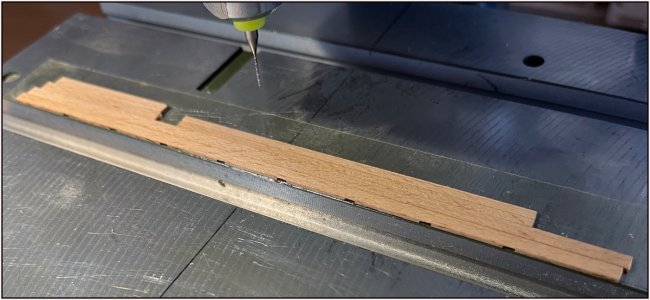
Everything was made to fit again:

With 0.5 x 0.5 mm inside grooves.
Then everything was glued together and fitted with dowels and plugs:

Still dry-fit with a barrel in one of the openings for safety. This way it should still be able to go through.

Of course, here's another detail photo:

At arrows A, the dowels with which the deck parts are attached to the 'schaarstokken'. These were made in the smallest hole '16' of Byrnes Drawplate. In 0.3 mm drilled holes.
At arrows B, the plugs. Because just like the deck planks, these parts are attached to the iron deck beams with bolts. With the plugs as a seal. These were made in hole '42' of the drawplate. Drilled holes of 0.7 mm.
All in all, it's nice to work with wood again. And the beech has a beautiful fine grain that can be used for neat detail work.

Regards, Peter













